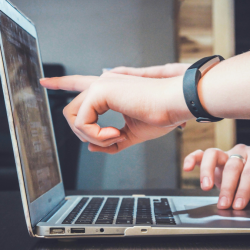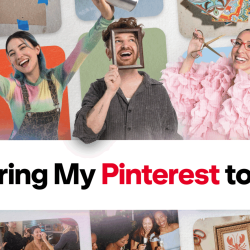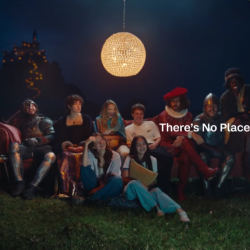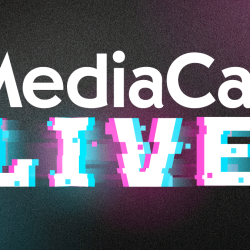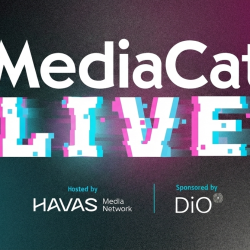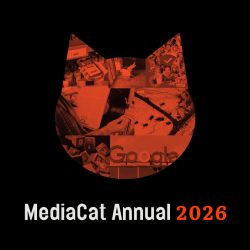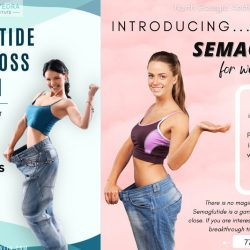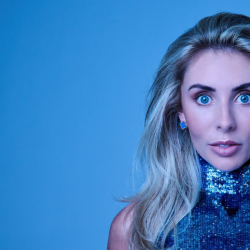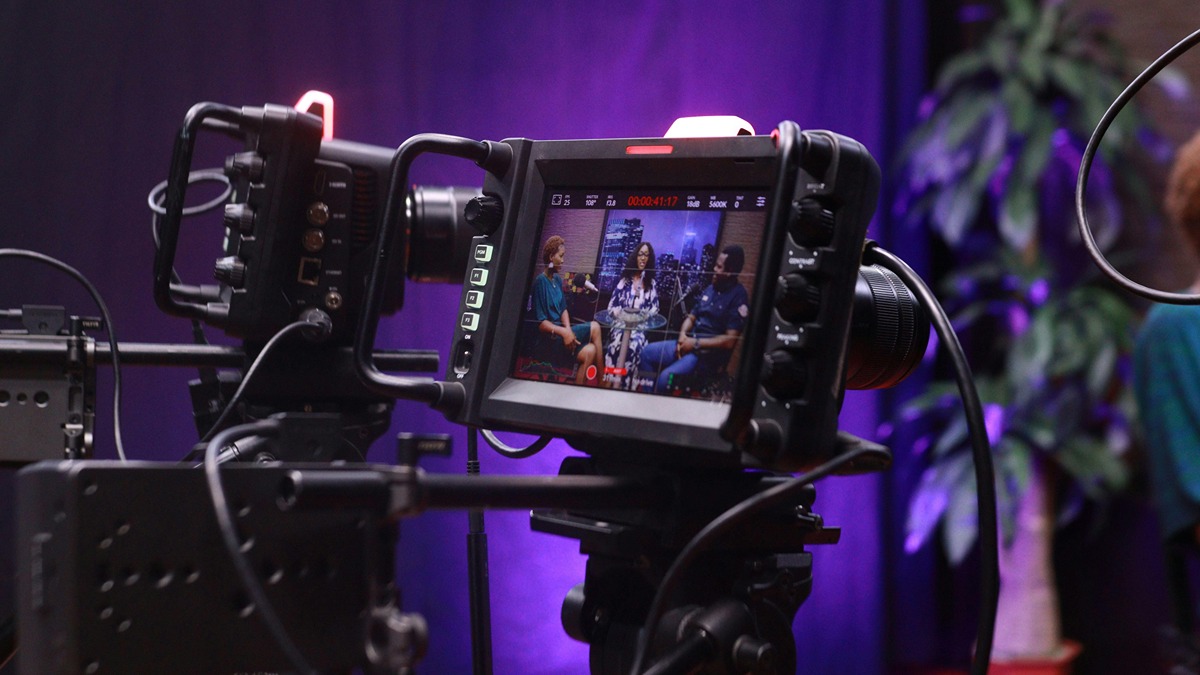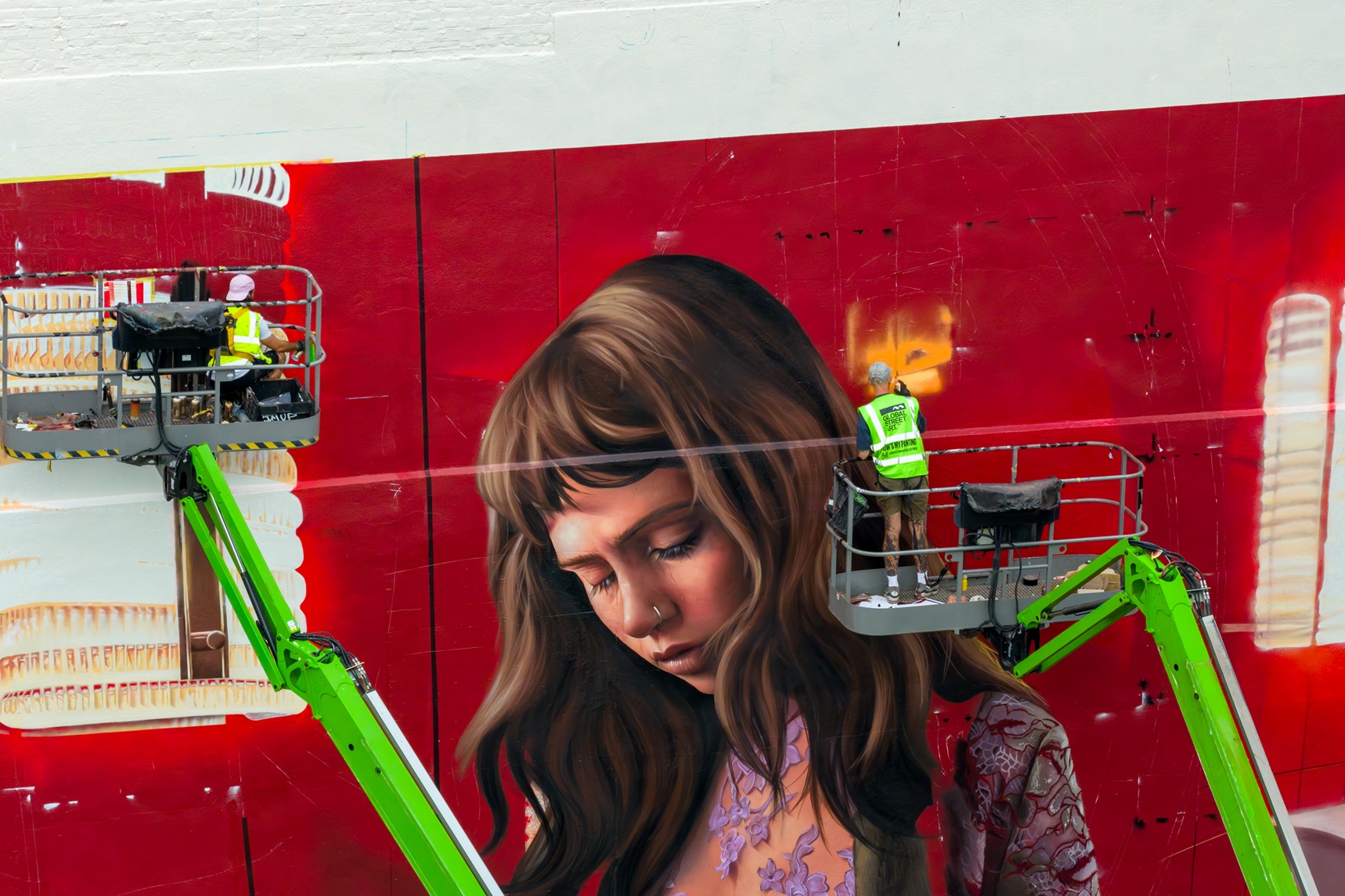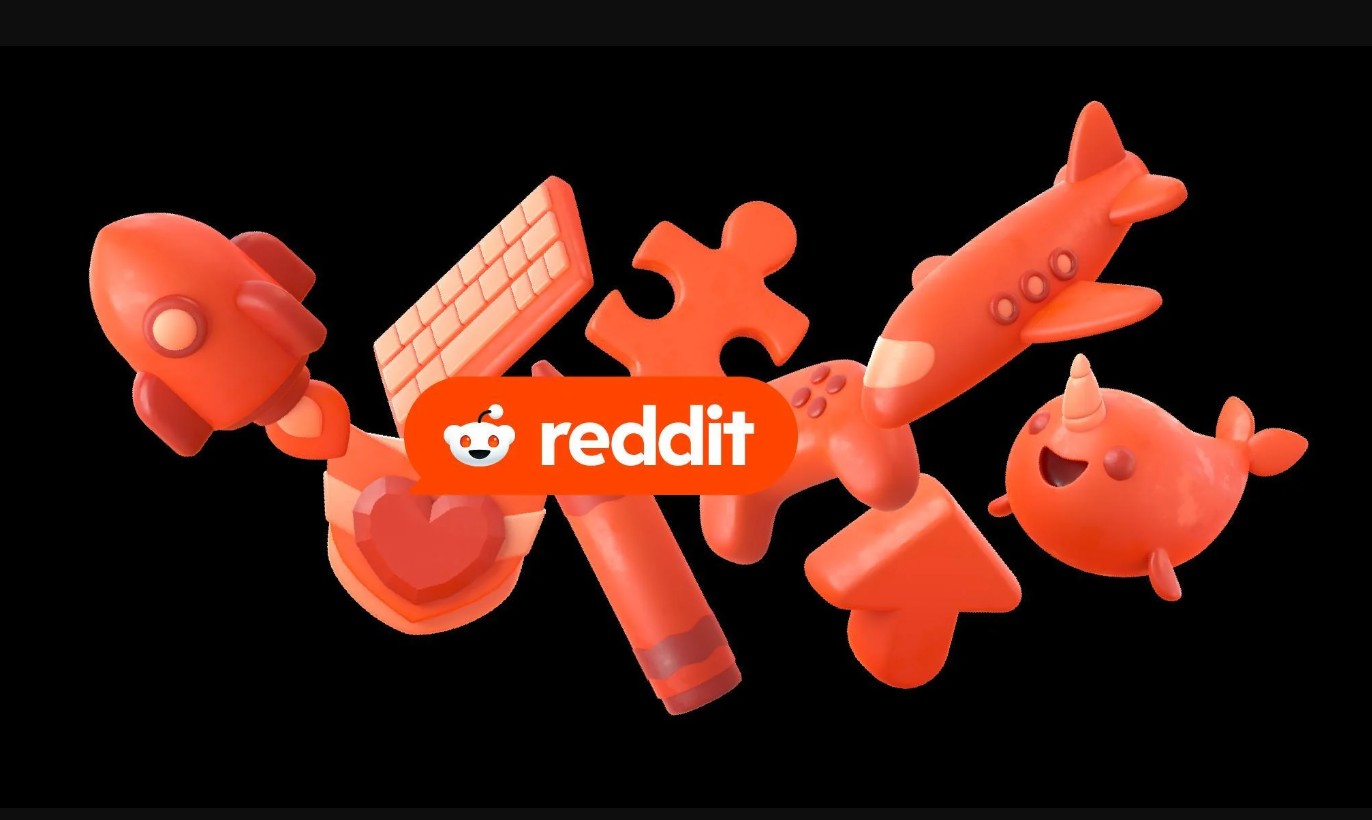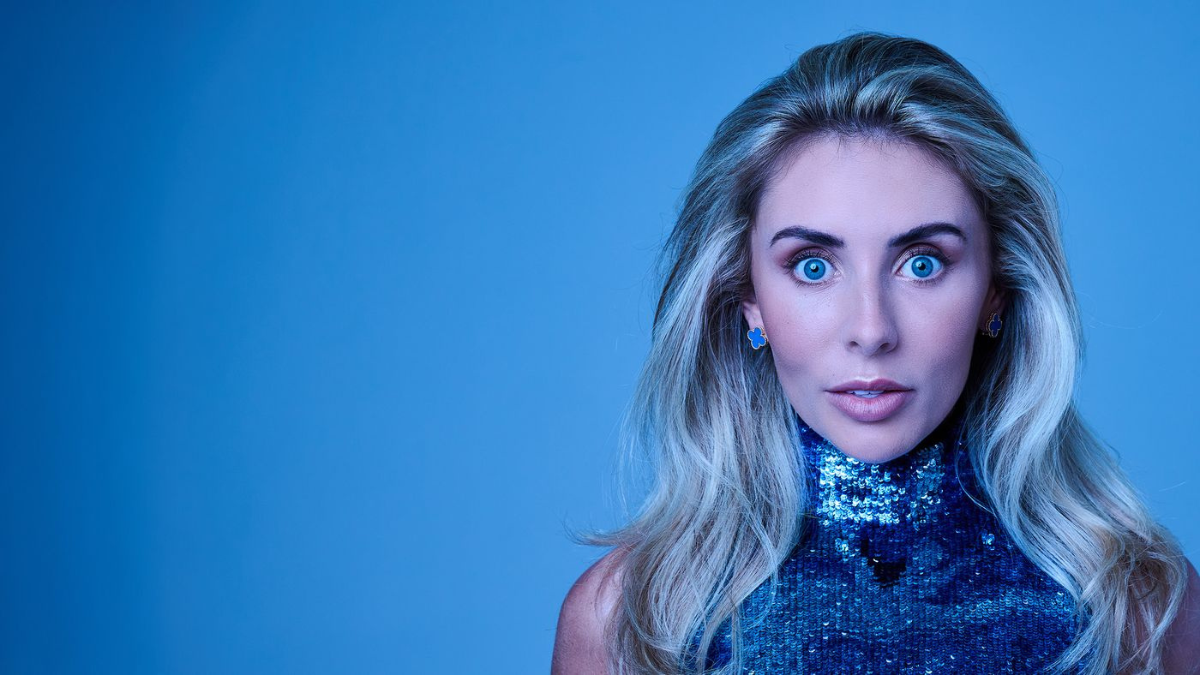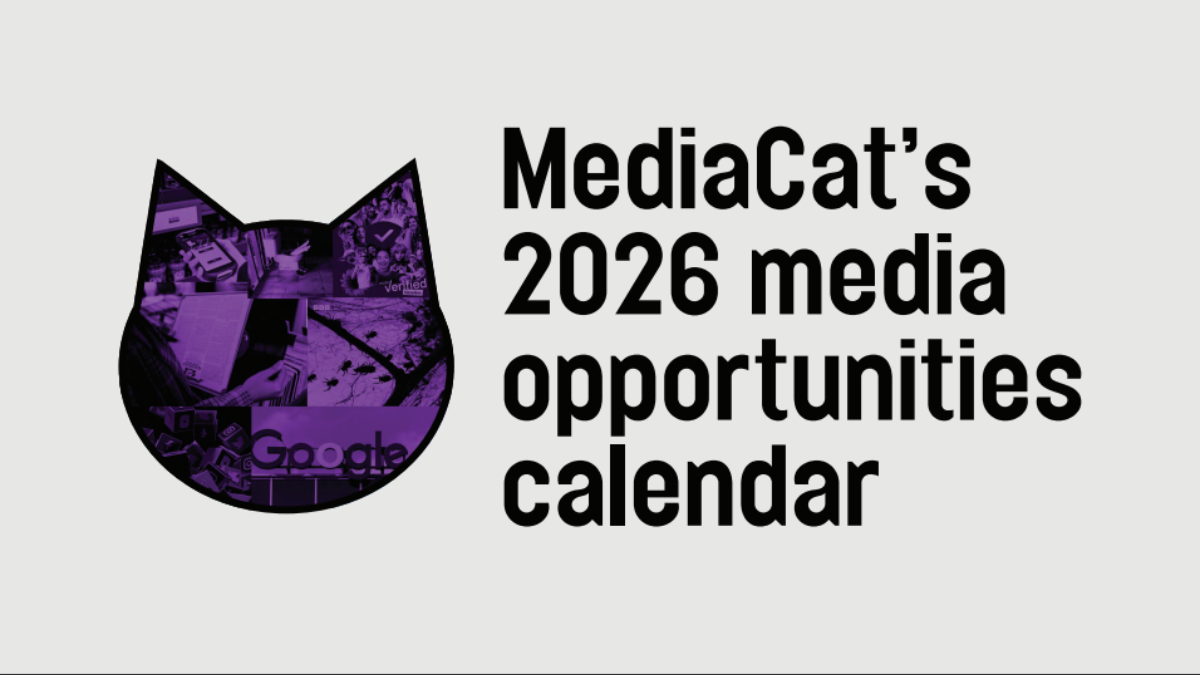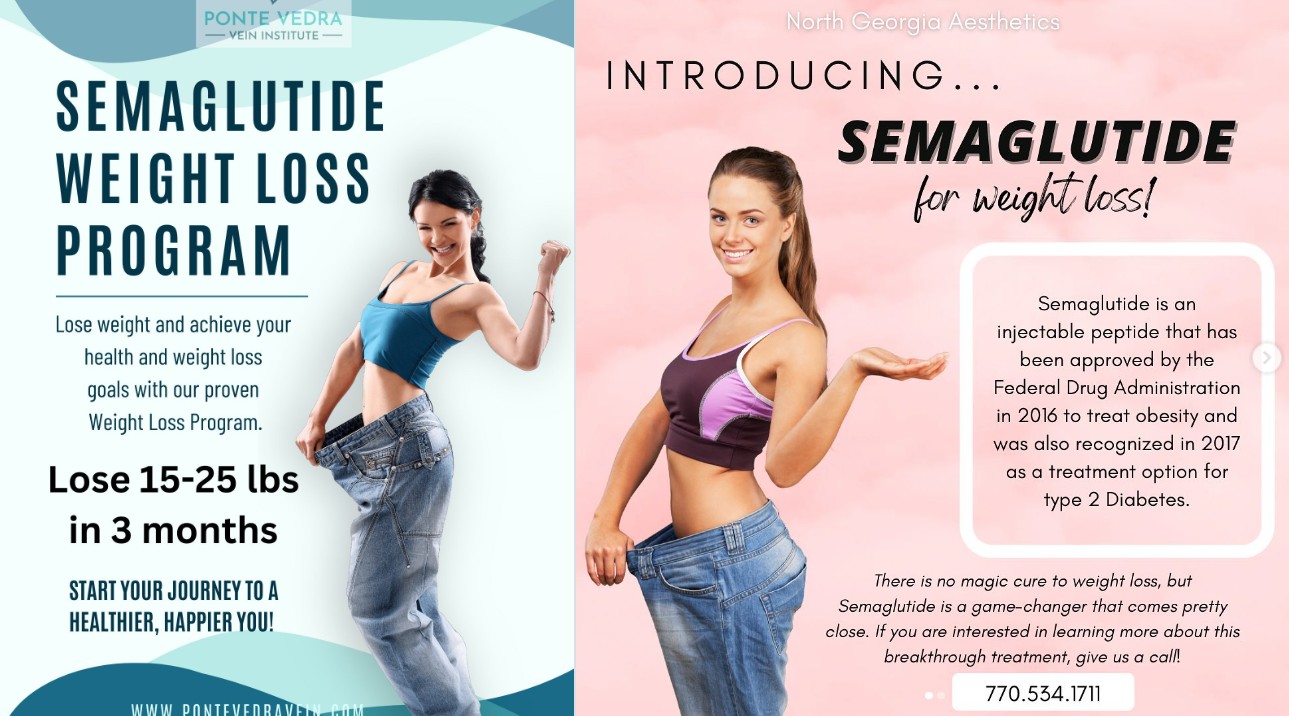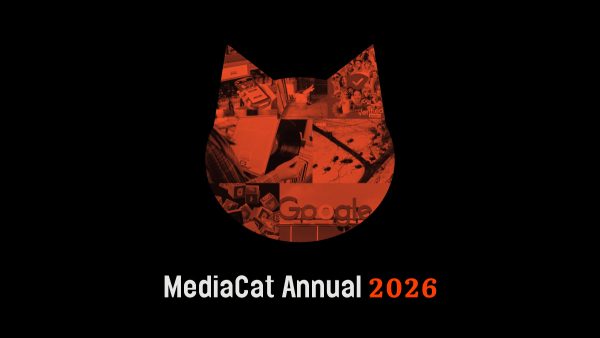Podcast advertising is enjoying a banner year. According to data released by Westwood One last week, 78% of brands now buy podcast ads — and among those who don’t, 74% say they plan to in the next six months. It’s the highest level of buy-side intent in over a decade.
Yet Spotify appears to be building a version of podcasting that doesn’t serve ads.
The platform’s Partner Program launched in January and skips dynamic ads entirely. Instead, creators get paid directly for video views, with Spotify handling the monetisation and keeping the lights on through premium subscriptions and internal ad sales.
In June, The Ankler published a leaked pitch deck it got hold of at Cannes, in which Spotify promised revenue share, promotional spend and a $5,000 incentive to any creator who commits to regular uploads. It’s worth noting that while the audio giant explicitly welcomed video to the platform, there were zero mentions of podcasts.
As ad budgets rush into the medium, Spotify seems increasingly uninterested in sharing the table.
The view from both sides
For advertisers, video is a win. It makes podcast inventory look more premium, boosts CPMs and stretches inventory across CTV.
In late May, Digiday reported on legacy brands — pharma, automotive, CPG — arriving in the space for the first time, drawn to high-production-value shows with visual appeal and tight integrations. Vox, Audacy and Wondery all reported year-on-year ad growth and True Native Media was up 40%.
But video is also fracturing the model.
Networks and indie creators are drifting apart: one clinging to ad inventory, the other chasing platform payouts. In an update published last week, FlightStory — the producers of Steven Bartlett’s popular podcast, The Diary of a CEO — told DigiDay that the Partner Program has paid out more than YouTube over the past six months.
Dylan Stratton aka Ryth, a podcast creator with over 4.64 million subscribers on YouTube, said the program helped him triple his income. YMH Studios, created and owned by comedians Tom Segura and Christina Pazsitzky, reported a growth of 45% in weekly podcast consumption.
‘We’re literally making 5x on Spotify of what we would for the equivalent type of category of user on YouTube,’ says the company’s head of ad revenue, Alan Abdine.
Smaller shows are reportedly cashing in too, making $500 to $1,000 a month from platform payouts alone.
Networks, meanwhile, are sitting this one out. Spotify’s Partner Program disables dynamic ad delivery for Premium users, nuking their primary revenue source.
‘We’re not super happy with the direction Spotify is pushing in,’ one podcast company exec told Digiday anonymously, ‘It’s fundamentally at odds with our goals, which are to drive audiences and monetise content via ad supported means. And Spotify’s KPI is premium subscribers, which is not aligned with our ad-supported strategy.’
The platform that cried ‘podcast’
What was once an RSS-fed audio format has evolved into something fuzzier, flatter and more visual.
Today, a ‘podcast’ might be a live tour, a video essay or a half-hour clipped from a comedian’s YouTube channel. Some are still audio-first, many are not — yet all belong in the same media plan.
The more the format stretches, the less it fits inside the categories advertisers actually use. Budgets follow labels and right now, ‘podcast’ sits somewhere between audio, influencer and branded content, depending on who’s buying and what it looks like on screen.
The sprawl bleeds into rights, too. When shows double as merchandise lines, newsletters, books or stage events, the commercial architecture rarely keeps up. Talent agents, podcast networks and platforms all stake claims, usually without asking the same questions.
None of this appears to have dented enthusiasm. Westwood One’s data reveals podcast trust levels among advertisers are higher than TV, radio or social. Over two-thirds now say the format delivers strong ROI, and brand suitability concerns — the thing that kept so many buyers at bay — are now at a decade-low.
Still, average campaign spend still hovers at $42,000. It’s a sign that belief in the format hasn’t yet translated into scale.
Spotify isn’t trying to win the podcast war. It’s trying to make it irrelevant
YouTube remains the most-used podcast platform in North America, but its dominance may be overstated. A preview of Signal Hill’s Spring Download shows 61% of listeners prefer other platforms and only a quarter stick to just one. Most graze across apps.
Spotify still has room to grow on its own terms, and those terms are getting clearer.
The company paid out over $100 million to Partner Program creators in Q1. More than 70% of eligible shows are now onboard and have seen a 25% jump in consumption hours.
It seems the goal isn’t to win the format. It’s to rebuild it as something Spotify can contain, monetise and measure without depending on anyone else.
It’s not the only one rethinking the logic. While advertisers finally warm up to podcasting, the BBC abandoned its plans to introduce advertising on third-party platforms in April, following lobbying from commercial rivals and concerns about undermining its ad-free reputation.
Spotify, meanwhile, is pulling in the other direction, rebuilding the funnel from the inside. For planners, that could mean working with formats whose economic logic no longer matches their media shape.
